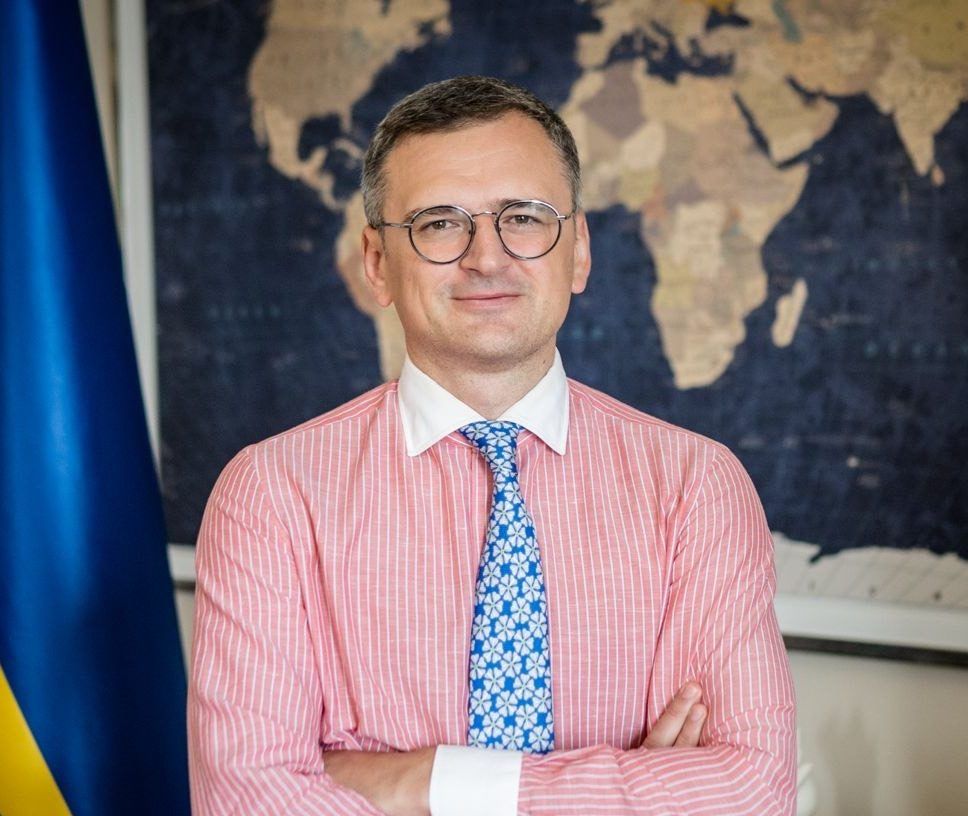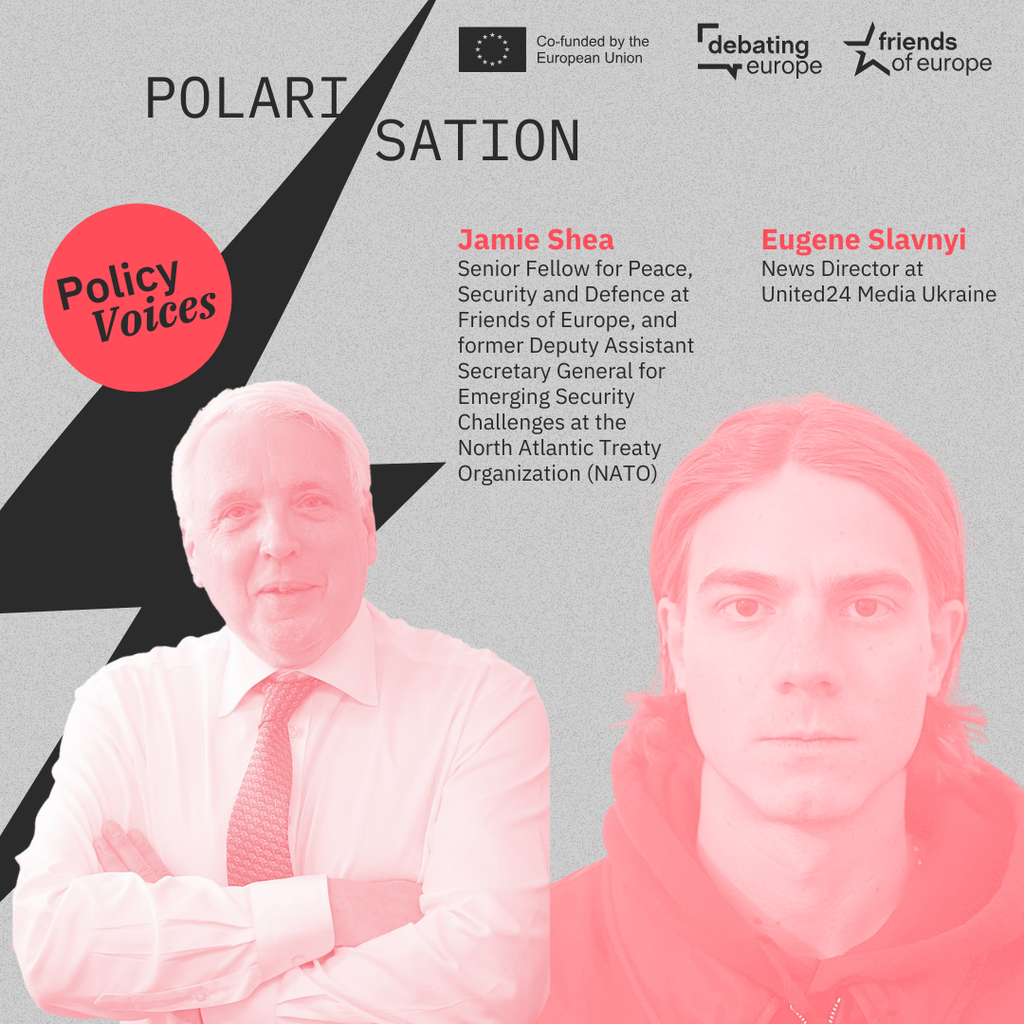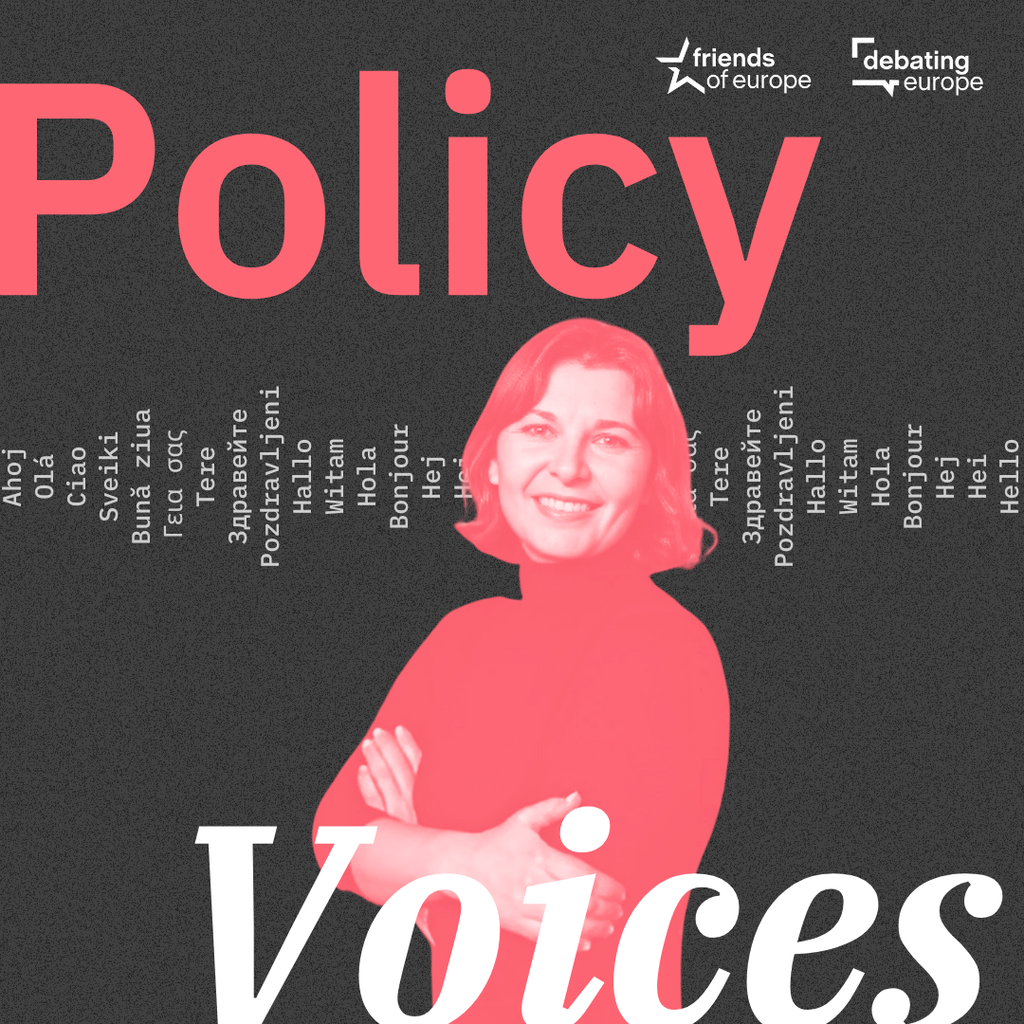From ambition to action: building Europe’s Defence Union
Past event In person

- Area of Expertise
- Peace, Security & Defence
Peace, Security & Defence

Former minister of Foreign Affairs of Ukraine
On 21 November 2013, the government of Ukraine announced that it would not be signing the long-awaited Association Agreement with the European Union. Politically speaking, this meant that Ukraine would fall primarily under Russian influence, as opposed to continuing its move towards the EU. Needless to say, this did not go unnoticed. Protesters flocked to Maidan that very same evening to express their disappointment and disapproval.
Not a day went by when I did not receive a text message from one of my close friends, calling for my participation in the protest: “Come to Maidan. It’s time to defend our choice.” Though I always politely responded, I never showed up. I didn’t believe in change anymore.
However, on the evening of 30 November, the situation escalated. The police cracked down on peaceful protesters, mostly students. The next morning, my Facebook feed was filled with images of violence and police brutality. It was a game-changer. I took my 7-year-old son and, together, we took to the streets to protest against oppression and to fight for our right to live in a democratic country.
Association with the EU was the catalyst. The need to defend ourselves from authoritarian rule was the driving force.
The revolution won in late February 2014. With my mission as protester complete, I went back to business as usual, all the while keeping the smell of fire, the screams of the wounded and the silence of the dead with me. But business as usual did not last long. Given my previous experience in diplomacy, Russia’s continued aggression against Ukraine compelled me to make the transition from the private sector to the diplomatic corps. I wanted to be helpful.
we took to the streets to protest against oppression and to fight for our right to live in a democratic country
My story is rather typical for those Ukrainians who entered into politics, government, judiciary, law-enforcement, civil society and the army with the intention of fulfilling the promise of revolution.
Today, five years after these life-changing events, I am struck with awe at the scale of what we achieved in such a limited amount of time. Looking around Europe and the world today, I tend to think the series of events that characterised Ukraine’s post-revolution evolution could be of relevance to others:
2014: Surge of optimism – I believed in change again, but I was naïve to think that quick change was possible. Many of us did. Optimism and vigour are essential but unsustainable. Anyone willing to dismantle the old system and build a new one must be prepared to face setbacks and obstacles. We were not fully aware of what we were getting into.
The loss of Crimea and the raging war in eastern Ukraine further complicated the effort. Yet, in spite of this turmoil, optimism and commitment to national defence helped both to contain Russia in the east and facilitate the introduction of some of the most dramatic reforms Ukraine had ever seen. It was more than shock therapy.
2015: Anxiety – I remember those nights when it seemed like the prospect of waking up to news of a fully-fledged Russian offensive across the border was likely. The country was flooded with uncertainty, disinformation, fake news and disappointing backslides in reforms. And yet, changes continued. We were building resilience. We kept moving forward.
2016: Frustration – While a lot had been done, so much more work remained. Russia was contained but still testing us daily. The infamous Dutch referendum, opposing approval of the EU-Ukraine Association Agreement, sparked new doubts.
Was it all in vain? – some asked, questioning Ukraine’s ability to transform itself from a post-Soviet nation into a truly European one. Others argued that we had stumbled and the thrill of change was gone. It wasn’t.
2017-2018: Fighting as a routine– Ukraine accepted the reality that the fight for its future would not be a short-term mission. Revolts may trigger changes but ultimately, without the support of a solid system, these changes do not have long-term societal impact. We managed to build a core of the system and run it.
the revolution changed the trajectory of the entire nation
Despite all of its shortcomings, there is a functioning system in place. Between 2014 and 2018, Ukraine introduced more reforms than in all of the years that followed its independence in 1991.
The Association Agreement came into force in 2017 and is now being implemented. Various data shows that Ukraine is getting closer to the EU than ever before, further distancing itself from Russia’s authoritarian model.
Meanwhile, as assaults continue, it has become clear that Russia has not diluted its aggressive stance towards Ukraine. However, unlike the situation in 2014, there is now a system in place to repel attacks on the frontline, in public, in cyberspace, in the economy and in international politics.
It goes without saying that the system set up to transform Ukraine from the inside and defend it from outside attacks is constantly being tested and thus requires regular maintenance and upgrading.
Five years after the revolution, we still face threats of foreign aggression, populism and corruption. In its failure to offer quick and easy solutions, the revolution failed to manage the expectations of the people. As a result, many feel exhausted and disillusioned.
And yet, the revolution changed the trajectory of the entire nation. It released creative forces of change and gave us a unique opportunity to defend our choice. Just like my friend had appealed to me back then, the revolution provided us with an opportunity to construct a democracy that would be able to provide justice to its people. We are not wasting it.
Past event In person

Next event

Past event Online

Past event Online





Stay informed
We use cookies and similar technologies to adjust your preferences, analyze traffic and measure the effectiveness of our campaigns. Learn more about our privacy policy.